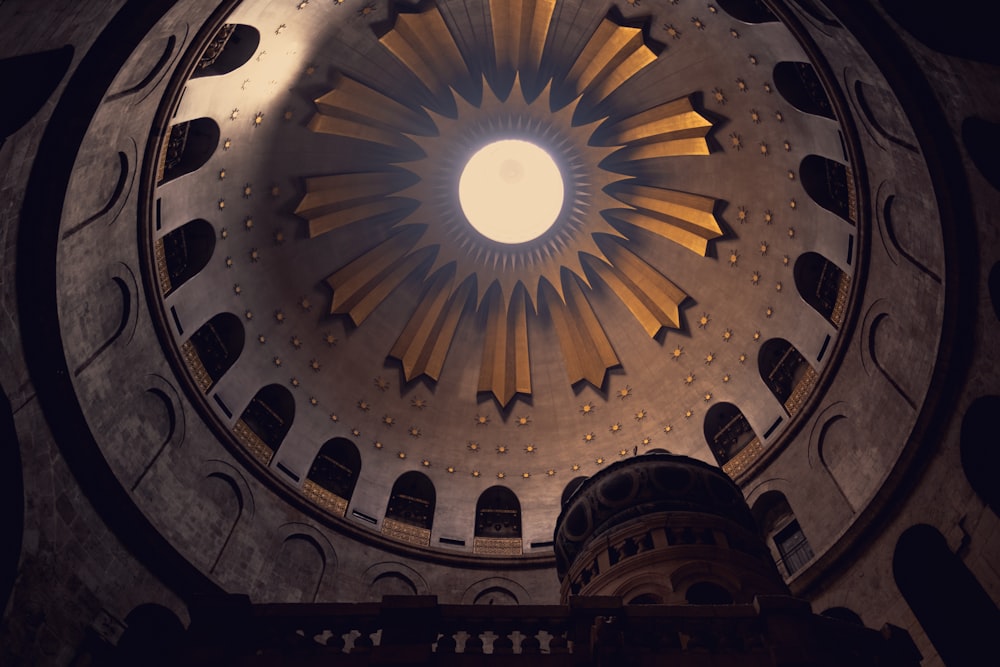Modern music is ubiquitous. There is an endless stream of it when listening to the radio, or going to the supermarket. To listen to classical music takes effort, but the reward is nonetheless greater.
Classical and modern music
In this essay, I will define classical music as music made between the 12th century up until the 19th century. The music before this period I did not include, as these are not as well known. It is more difficult to recreate these kinds as well. The music after this period I did not include, as it goes downhill quite fast.
There are noticeable differences. There is a certain depth to classical music, which is nowhere to be found in modern pop music. This depth is fractal. I think Mozart makes this depth most clear. It is like a mountain you climb. Mozart creates melodies which are easy to understand. These melodies play out during the whole piece, but in different ways and in different depths. It’s possible to learn something new while listening again to a Mozart piece. This makes it very rewarding.
As with all good art, the more you learn about it, the more you learn about life.
In modern music, there is also depth. But it’s an inverted pattern. It focuses on the fringe, instead of the essence. It focuses on inverse patterns. One should only look at most lyrics of modern songs to understand.
The idea of pop music as we know it, is to take a basic pattern and repeat it as much as possible, until it sticks in your head. It also adds some baseline and some beats on top. These beats make it easy to dance to, for example. It focuses on kicks.
Classical music and modern music titillate different senses. Modern music goes directly towards the passions, while classical music reaches transcendent heights.
On the Hierarchy of Music
That is not to say pop music has its place. Due to the beats, it makes it easy to dance to. It plays a marginal role (in the original sense of the words). Dancing is done in the spare time. It should not be the center of the society.
Music plays different roles depending on the context. There is sacred music and profane music. Sacred music should be placed at the center, while profane music (dances, feast music) playing a role on the borders. Relaxation (dance), should never be the center of life.
A short note on the role of sacred music in modern society. Where most people hear classical music is in horror films. It creates a scaring effect. This creates a kind of inversion: sacred music, which signifies the highest in a society is used to accompany the lowest.
Tracing differences throughout music
In the following section, I will show the difference between 4 genres, typical of their time. For this, I will use the same piece (a Te Deum to show the differences)
Gregorian Chant
Gregorian music, the central music of the Catholic Church, is created from human voices. All voices used come together in one.
In Gregorian chant, it is very clear to hear the text. The text and the meaning behind it is central. The melody is secondary.
Sometimes it is accompanied by an organ, to account for lower sounds.
Baroque
Baroque is the period where more instruments start to get introduced and polyphony (the interweaving of multiple melody lines). The layers upon layers by baroque create a beautiful coherence. It started in the 17th century.
There start to occur variations in rythm. In general it is a very rich genre. The clavichord and the violin are typical instruments.
Baroque is for example also the music of the Sun King, Louis XIV.
Some well-known composers are: Handel, Vivaldi and Bach.
Classical music
Classical music (in the strict sense of the word) originates in the 18th century. It uses mostly one melody line. This is also the era where symphonies start to appear. Some of the instruments that are used are the piano.
The order in music returned. This typical for Classicism (the style in general) in general. There is clearly more order to hear.
From this era, Mozart and Haydn for example came. It is the last great era.
Romantic
Beginning of the 19th century was attacked by ideals of the French Revolution and industrialisation. The idealisation of nature arrived. The music, seems closely related to film music.
The romantic period starts with transitional figures such as Beethoven. And later goes onto Berlioz and Bruckner (and Chopin).
Music from this period is a mixed bag, music clearly starts to disintegrate. The sacred music is not great but nocturnes by Chopin can be great to listen to in the evening.
In general, the music from this period lack body. This is clear in the Te Deum of Bruckner.
Conclusion
In this article, I’ve first shown differences between classical and modern music. Classical music focuses on transcendence, modern music on the passions. Secondly, learning classical music is learning about life.
Finally, I’ve given a short overview on some classical music genres.




Great post. While Romantic-era sacred music isn't great, the works by Tchaikovsky, Rachmaninoff, Steinberg, and Gretchaninov are incredible and can compare favorably with sacred choral music from any era. Steinberg's Holy Week masterpiece is especially interesting because it was dormant for 90 years:
https://www.naxos.com/catalogue/item.asp?item_code=8.573665
Studying Bach is similar to studying scripture.
Every run through, you grasp a deeper layer of meaning.